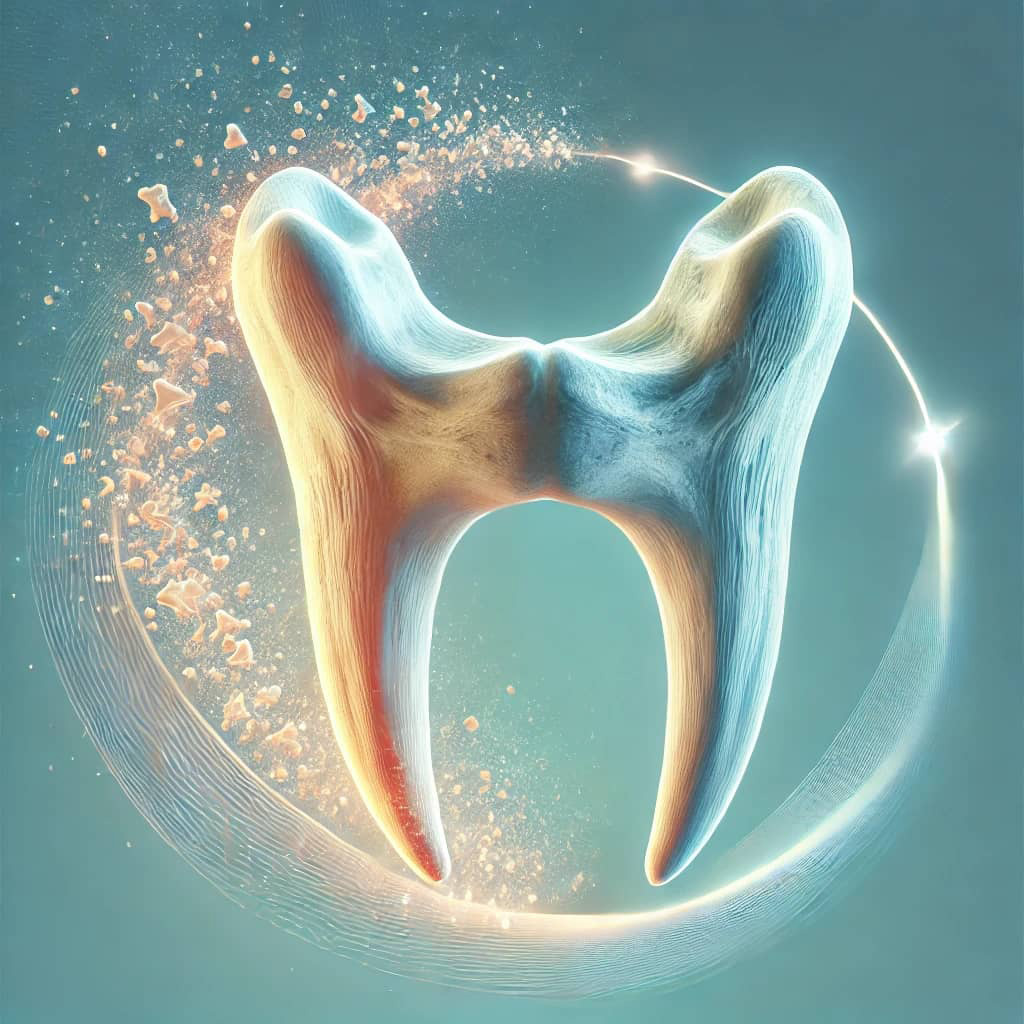
The Problem of Bone Loss and Gum Disease
Gum disease and bone loss are common challenges of aging, leading to pain, discomfort, and tooth loss. Researchers at the Lankenau Institute for Medical Research (LIMR) have developed a drug named 1,4-DPCA, which can regenerate damaged bones and gums, effectively preventing tooth loss.
Breakthrough in Preclinical Studies
The drug was tested in animal models, showing that it fully restored jawbone loss caused by gum disease. The regeneration was so complete that it appeared as if no damage had occurred, offering hope for future applications in humans.
How Does the Drug Work
1,4-DPCA temporarily elevates a molecule called HIF-1a, which plays a key role in the body’s healing process. This shifts tissue metabolism to an embryonic-like state, enabling complete tissue regeneration without leaving scars.
Broader Applications
Beyond treating gum disease, this drug could also prevent surgical scars, promote healing of chronic wounds, and even serve as an anti-aging treatment. Sutures and therapeutic gels infused with this drug are additional innovations being developed.
A Promising Future in Regenerative Medicine
Although still in preclinical stages, the results are highly promising and could revolutionize treatments in regenerative medicine. This breakthrough holds the potential to significantly improve patients’ quality of life and advance medical science.

